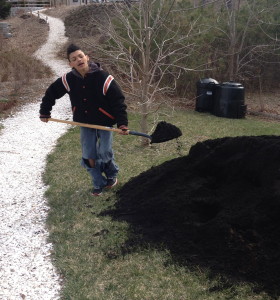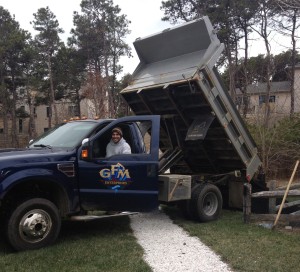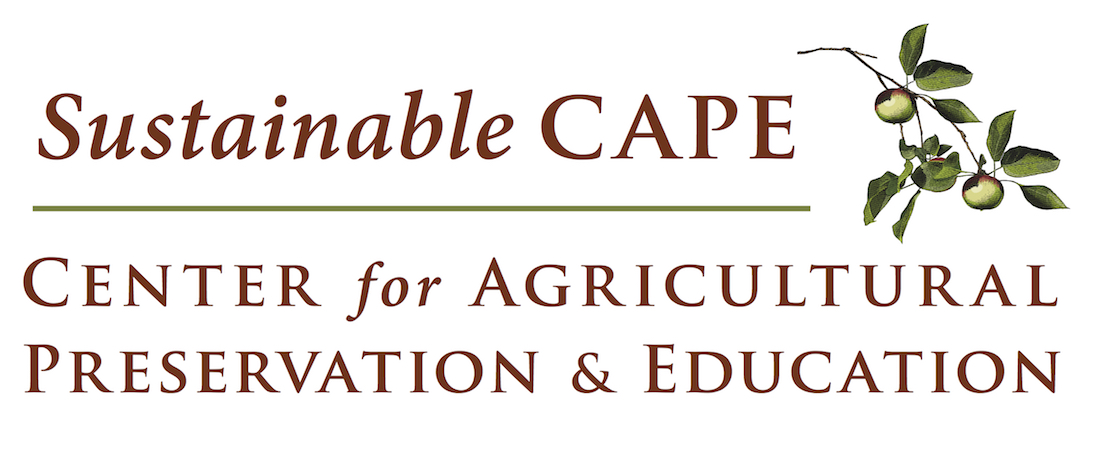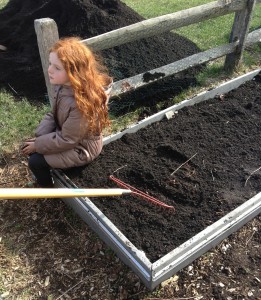Children love permission to get dirty. Gardening provides ample happily-sanctioned opportunities to do just that. In our cleanliness obsessed, germ-phobic world, the chance for kids to play in the dirt are far too few and far between. If it were up to us, every kid would be outside growing their own food daily. In school, after school and all year round!
Did you know that children raised on farms have a much lower rate of food allergies as compared to non-farm raised children? And there’s more… there’s actually beneficial bacteria in the soil that causes the brain to improve cognitive function, release seratonin and fight diseases such as cancer. There are scientific studies showing that playing in the dirt makes us happier, healthier and smarter!
 Up to now we’ve featured our “in-school program” with the awesome Farmer-in-the-School, Stephanie. Now we’ll also document our “out-of-school program”, the five year old Truro Children’s Community Garden, located behind the Truro Public Library. This is a collaboration between Sustainable CAPE, the Truro Recreation Program, and the Truro Public Library. Sustainable CAPE provides the garden expertise and documentation, Truro Rec provides the kids, and the library provides the incredible Children’s Librarian Maggie as well as the land. It’s a great example of a very supportive non-profit collaboration!
Up to now we’ve featured our “in-school program” with the awesome Farmer-in-the-School, Stephanie. Now we’ll also document our “out-of-school program”, the five year old Truro Children’s Community Garden, located behind the Truro Public Library. This is a collaboration between Sustainable CAPE, the Truro Recreation Program, and the Truro Public Library. Sustainable CAPE provides the garden expertise and documentation, Truro Rec provides the kids, and the library provides the incredible Children’s Librarian Maggie as well as the land. It’s a great example of a very supportive non-profit collaboration!
We began at the school garden, learning about and creating healthy soil, and we need to do the same with the three raised beds at the Children’s Garden. Drake, our Children’s Community Garden Farmer, explained to the kids: “The soil has been sleeping all winter and is hungry.”
So we fed the garden. Tapping a local excavation and landscape contractor, we had two yards of compost donated and delivered. Thank you to GFM Enterprises for contributing to the garden’s (and children’s) growth! The kids guessed what the dark coffee colored substance was made of (composted leaves) and learned that this is a favorite food for worms. The nascent gardeners were excited: “Worms are THE BEST ingredient for the soil!”
Then the work of prepping the beds for a season of growing began!
- Compost (Check local nurseries and landscapers to see if you can receive a discount or donation)
- Shovels (shorter size works best for younger children)
- Small garden forks
- Garden rakes
Directions:
- Organize a system for scooping dirt and delivering to the beds. We formed a line and followed a path in one direction that looped back to the compost pile, so the kids wouldn’t bump into each other.
- After small piles of compost cover the beds, rake the compost into the top layer of soil. Children shared large rakes and smaller forks, in some cases taking turns with both. Include close adult supervision!
Benefits:
- Children learn about the creation of healthy soil
- Healthy soil supports all kinds of life – plants and worms and all kinds of beneficial itsy-bitsy micro-organisms
- Children learn how to work compost into the soil for maximum benefit
- Teamwork can be fun, make life easier, and increase our productivity!
- Working the soil was a rich tactile experience (alerting stimulation for the brain)
- Shoveling was heavy proprioceptive work (organizing stimulation for the brain)
- Raking requires coordinated use of both hands (bilateral motor coordination)
Both shoveling and raking are body building activities.
 A very, very special thanks to Greg & Jennifer Morris and GFM Enterprises for donating compost to the Truro Community Children’s Garden!
A very, very special thanks to Greg & Jennifer Morris and GFM Enterprises for donating compost to the Truro Community Children’s Garden!
This post reflects the partnership and creative collaboration between Sustainable CAPE, The Motor Story, Truro Recreation and the Truro Public Library.

